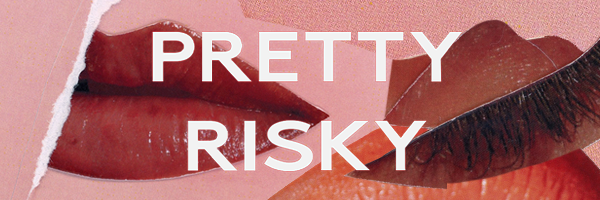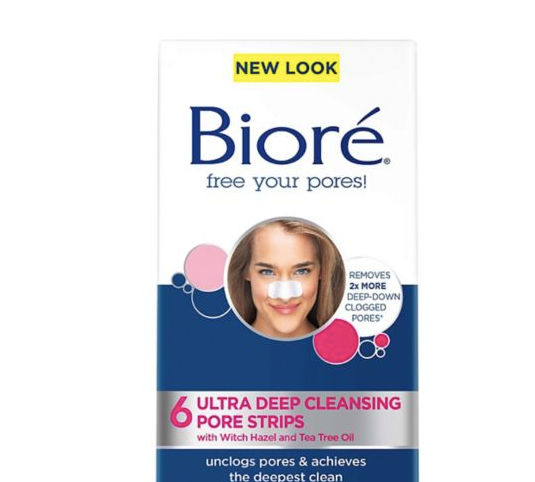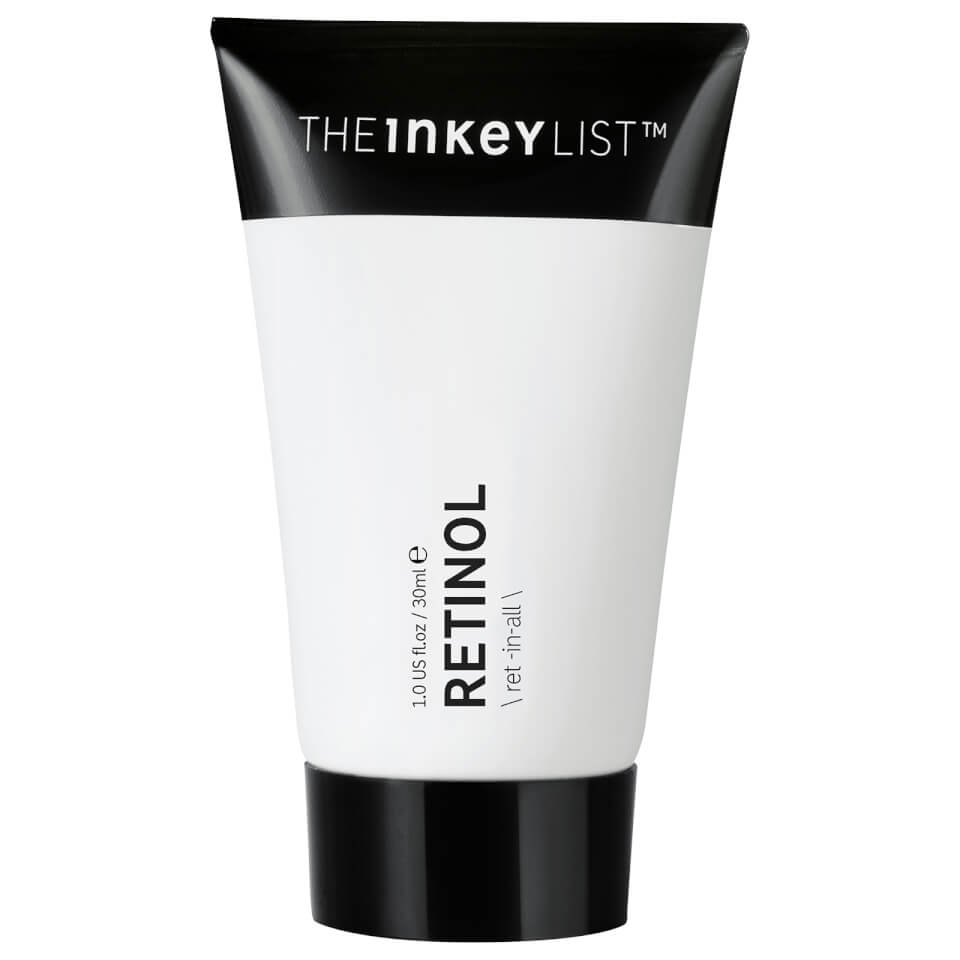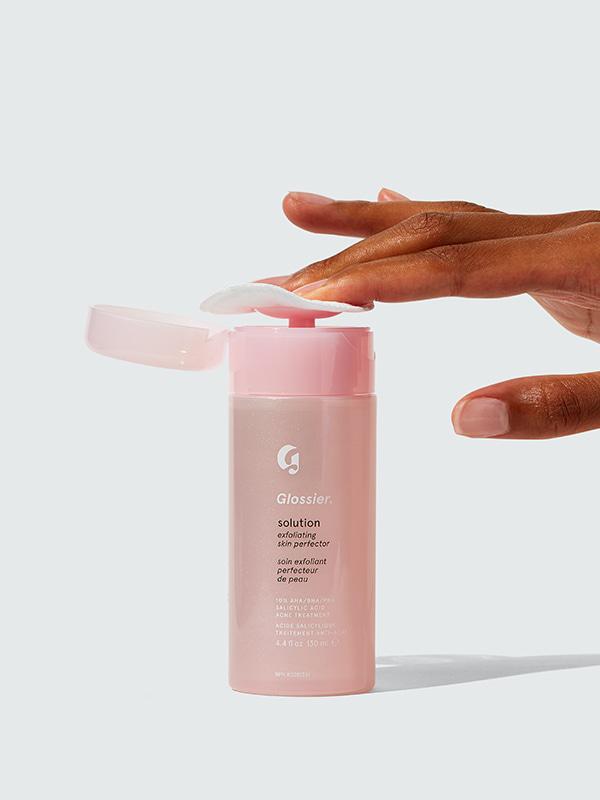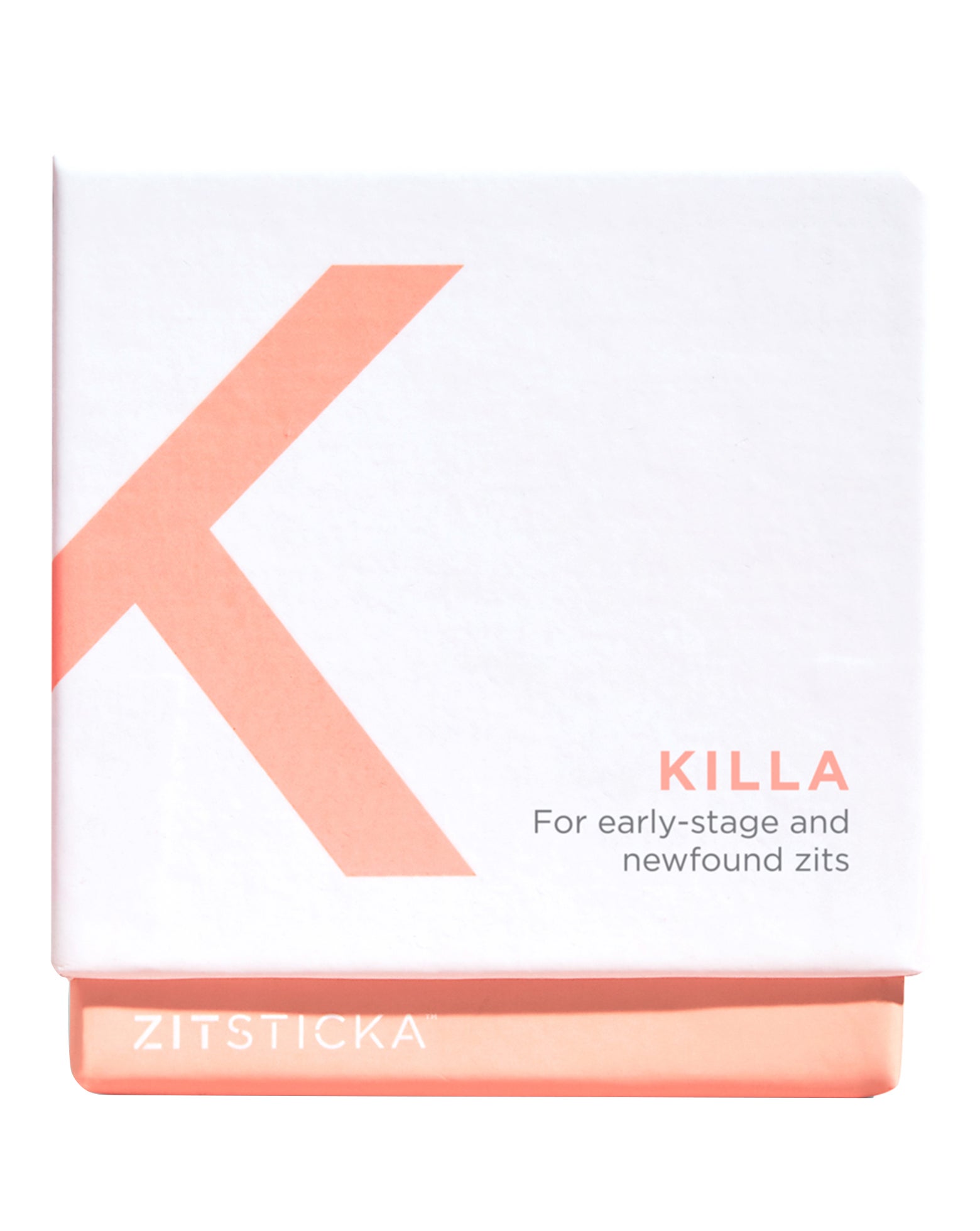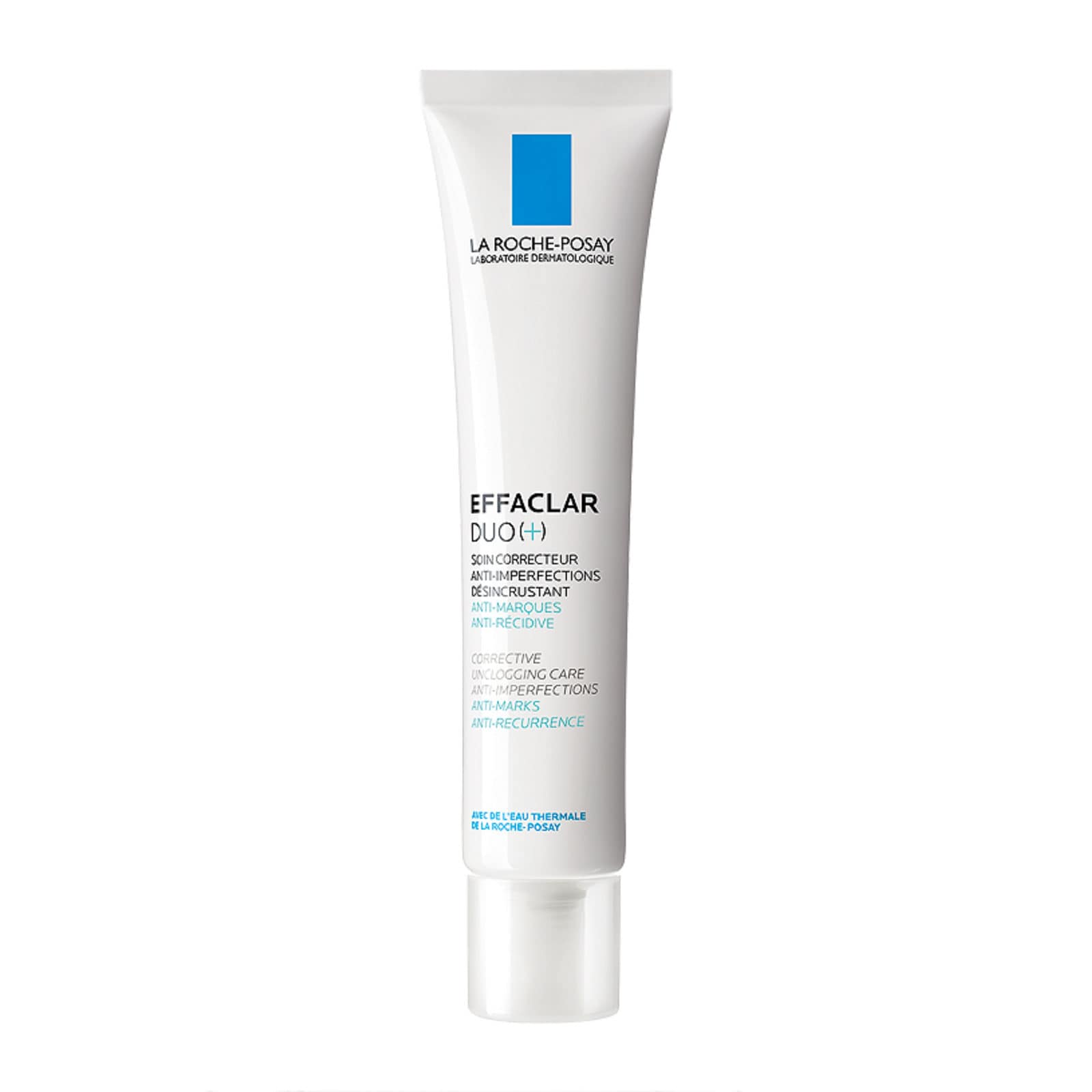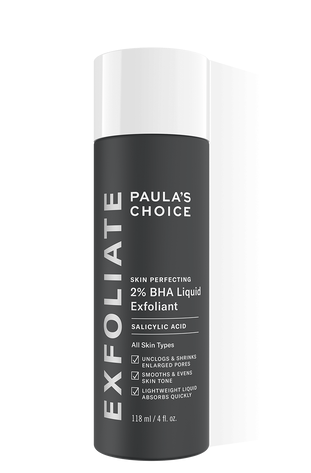The Shocking Truth About The Pore Vacuums You’re Seeing Everywhere
Photo by Caroline Tompkins.
No matter how many times we exfoliate, extract or stick a pore strip on them, blackheads always seem to find their way back to our T-zone.
The result of excess oil production and an accumulation of debris and dead skin cells in the pore, blackheads are a very common skin gripe, says Dr Adil Sheraz, consultant dermatologist and British Skin Foundation spokesperson. "Although you can remove the debris and cells with cleansing, unfortunately the oil production will continue. Therefore, blackheads tend to recur about a month later – alas there’s no cure."
AdvertisementADVERTISEMENT
Given that DIY pimple popping is already an internet sensation, it comes as no surprise that pore vacuum tools are now dominating our feeds. Pore vacuums do exactly what they say on the tin: the suction pulls at the skin, dislodging the dirt, oil and grime in pores and blocked hair follicles while collecting the gunk in a nozzle. Countless tutorials are popping up on Instagram and YouTube, as users show individuals how to suck out their blackheads at home. It sounds gross but it's seriously satisfying and it seems we can't get enough. Hundreds of pore vacuum devices are readily available online for as little as £7 (a snip of the price of a professional pore extraction facial) and promise to clean out pores and revitalise skin in seconds. But as great as it sounds, there's a caveat.
“
Risks include permanent broken capillaries, hyperpigmentation and scarring.
”
"There are risks associated with vacuum-based extraction devices," says Dr Sheraz, the main danger being broken blood capillaries. "These may appear as bruising and in some cases may be permanent," he adds. Professional laser treatments may be required to minimise broken capillaries but these are expensive: in London, prices start at £100 for a single session.
Dr Ewoma Ukeleghe, skin specialist and founder of SKNDOCTOR, agrees: "A key issue here is the amount of trauma that such devices can cause. Certain skin types and skin tones will experience different things. Lighter, fairer skin tones are likely to experience broken capillaries, significant redness and bruising. For darker tones, excessive trauma to the skin can even cause hyperpigmentation and scarring," both of which are difficult to treat and may require multiple sessions with a skin specialist. Dr Ewoma advises against pore vacuum devices altogether. "At least when you do extractions with your hands, you can control the pressure that you use to ensure that you're not traumatising your skin. I think we need to leave vacuums to household cleaning. Facial skin is delicate. It's not a carpet."
AdvertisementADVERTISEMENT
Pore vacuum tools are easy to use and inexpensive, so it's no surprise that people are taking matters into their own hands. But the damage they can cause can't be ignored. Kristina Thrasivoulou, beauty business owner and founder of Rose Gold Lashes, purchased a pore vacuum for her blackheads after reading recommendations online. She told Refinery29 that the instructions provided with the device were minimal and advised her to use a medium setting on her oily skin. She started with her chin and forehead but the results were far from what she had imagined. "Straightaway I felt that the vacuum was really intense and the suction was very strong, but I thought it was normal as I had seen so many influencers using the device. They said how good it was."
“
The bruises appeared instantly, like dark love bites all over my face. I was bleeding.
Kristina Thrasivoulou
”
Photo courtesy of Kristina Thrasivoulou.
Kristina said the suction was so strong that it was hard to get the device off her face. "I was in shock and worried. The bruises appeared instantly and they were like dark love bites all over my face. The worst area was my chin. I also bled quite a bit. I could see a lot of oil and dirt coming out of my skin, so I assumed that the redness would just go away after a few hours. I didn't notice any difference to my pores but the bruising got darker as the day went on."
Kristina said she became concerned about the damage underneath her skin after she received messages warning her of the risk of scarring and tearing. "While we are all at home in isolation and unable to have our regular facials and beauty treatments, so many of us are trying out home devices and they are not safe. When I shared my experience, I was shocked by how many people responded saying that the same thing had happened to them, if not worse! I would not recommend it and we should leave these things to the professionals. It's just not worth it. I will definitely stick to my facials going forward."
AdvertisementADVERTISEMENT
Jennifer* also used a vacuum device purchased online and says that it was aggressive and harsh. "The bruises were pretty dark," she told R29. "I didn't have any scarring but there was definite tenderness and it took about four days for my skin to return to normal."
“
We need to leave vacuums to household cleaning. Facial skin is delicate. It's not a carpet.
Dr Ewoma Ukeleghe
”
It is very tempting to give ourselves DIY beauty treatments under lockdown but it can be dangerous, especially as clinics and surgeries aren't open to provide advice and aftercare. Dr Ewoma says she understands the impulse but adds that there are multiple other ways to treat blackheads and pores safely at home. Dr Sheraz seconds this and recommends starting with a consistent skincare routine using the right products.
Cleansing regularly and using something such as salicylic acid (a beta hydroxy acid or BHA, known for exfoliating deep inside the pore) or glycolic acid (an alpha hydroxy acid or AHA) to gently exfoliate the surface of the skin can help. Choose a leave-on liquid exfoliator for best results. Dr Sheraz adds: "Use an over-the-counter retinol at night and look out for non-comedogenic products," which are less likely to clog your skin. "If the blackheads are more stubborn, then prescription-based treatments such as topical retinoids will work a treat." You can obtain these by booking a virtual appointment with a dermatologist or skin expert, or by visiting online skin service Dermatica, which assesses your skin based on photographs and provides relevant prescription skincare.
AdvertisementADVERTISEMENT
shop 6 products
While manual pore extraction isn't necessarily recommended due to the possibility of pushing dirt and infection deeper inside the pore, experts know that many of us simply can't resist. If you have attempted pore extraction at home before and are comfortable doing so, follow Dr Ewoma's advice. "I would recommend extracting after cleansing your face and using the edges of two fingers wrapped in thin tissue," Dr Ewoma says. Always make sure that your hands are clean. "Then, use a firm rolling motion towards the area of congestion, coming from different angles," adds Dr Ewoma. "If you're having trouble, it's important to leave it and not persist, as that can cause unnecessary scarring to the skin."
Overall, the advice from the experts we spoke to for this piece is that pore vacuums are not recommended, no matter how popular they may be at the moment or how much cheaper and more accessible they are in comparison to a professional facial. The multiple risks and shocking immediate aftermath simply aren't worth it, not when there are safer, more effective ways of treating blackheads and pores.
*Name has been changed
AdvertisementADVERTISEMENT







